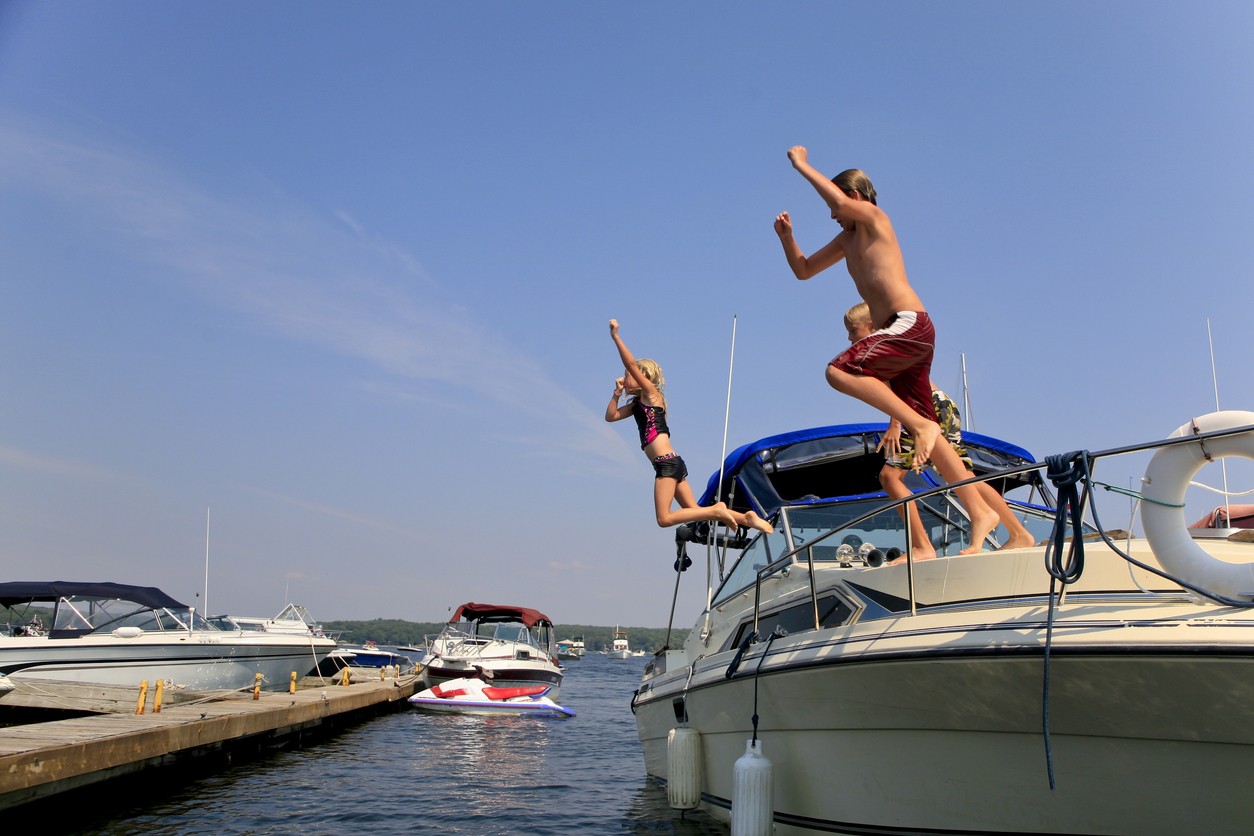
Stop ESD at Marinas This Spring
February 10, 2022
Whether or not your clients have marina insurance, taking steps to prevent electric shock drowning (ESD) is crucial. Some of the most helpful strategies include:
- Having a certified marine electrician inspect the onboard electrical system
- Conduct a test to determine whether there is a working ground connection that diverts potentially deadly electrical current to the shore
- Installing a circuit interrupter that shuts off the current when a fault is detected
These are the basic steps for preventing ESDs that your marina clients should implement. A capable marine electrician can quickly identify potential hazards within a few minutes so they can be repaired.
Owners can conduct a simple test to determine whether their ground connection is broken, preventing current from being diverted safely. This is usually caused by a damaged shore cord, which can be replaced inexpensively.
Your clients could also install a circuit interrupter if their boat doesn’t have one. This device detects faults that could cause accidents and shuts off the AC power if necessary. If the boat is a relatively recent model, this feature is probably already onboard.
What causes electric shock drowning?
Electric shock drowning is caused by electrified water around the boat. This often results when an onboard electrical appliance leaks current to the vessel’s grounding system, which typically has a green-colored ground wire. The water becomes electrified via the metal bonding system at the bottom of the boat and usually dissipates safely on the surface.
The problem is when a person falls or swims in the electrically-charged water. Because of the human body’s high salt content, we conduct electricity extremely well. This makes the current flow readily through us, causing a severe electric shock.
The risk of electrocution is even greater in freshwater because our bodies are much more efficient at conducting current than the water. There is marginally less risk of ESD in salt water because its greater conductivity makes electricity dissipate more quickly. Even so, there is still a significant risk of electrocution when swimming near a boat with a defective grounding system.
What are the effects of ESD?
Electric shock drowning is every bit as horrific as the term suggests. In some cases, the charge is strong enough to stop the heart instantly, resulting in a quick death.
Other people may not be so lucky. Electrocution can also paralyze the body’s major muscle groups, making it impossible for even strong swimmers to save themselves.
Electric shock drowning: The unknown hazard
Relatively little was known about electric shock drowning before 1999. There have been many recorded cases of electrocution-related drowning incidents before and since, but few made the connection with faulty grounding systems until fairly recently.
It also didn’t help that many of the victims showed little to no signs of having been electrocuted. This is probably because it takes as little as 50 milliamps of current‒far from a lethal amount‒to paralyze a person. But the hundreds of reports of water-related electrocutions recorded since the mid-1980s indicate that ESD is a lot more common than previously thought.
Common risk factors for ESD
Among the most common risk factors for ESD are:
Old electrical devices. Onboard electrical appliances can become damaged or unreliable over time. The most commonly affected are water heaters and battery chargers, although anything that passes a significant amount of electricity could potentially cause a deadly accident. These are among the first components that should be checked if a faulty ground is suspected.
Faulty shore-cord ground wire. This is probably the second most common cause of electric shock drowning. Although the ground wire will direct current away from the affected appliance, the shore-cord ground wire is responsible for directing the same current toward shore. If it is broken or corroded, there is a significant risk of electric shock drowning for anyone who comes in contact with it.
Onshore electrical systems. There are also cases wherein the fault lies with the onshore electrical system. Even if the boat’s grounding system functions as intended, there is still a risk of electrical shock to swimmers if the connected components on the marina aren’t grounded properly.
One thing that can be learned from all these cases is that, as tragic as it is, electric shock drowning is preventable. The key is to figure out which electrical components are faulty so they can be repaired before they can cause injury.
About Merrimac Marine Insurance
At Merrimac Marine, we are dedicated to providing insurance for the marine industry to protect your clients’ business and assets. For more information about our products and programs, contact our specialists today at (800) 681-1998.
